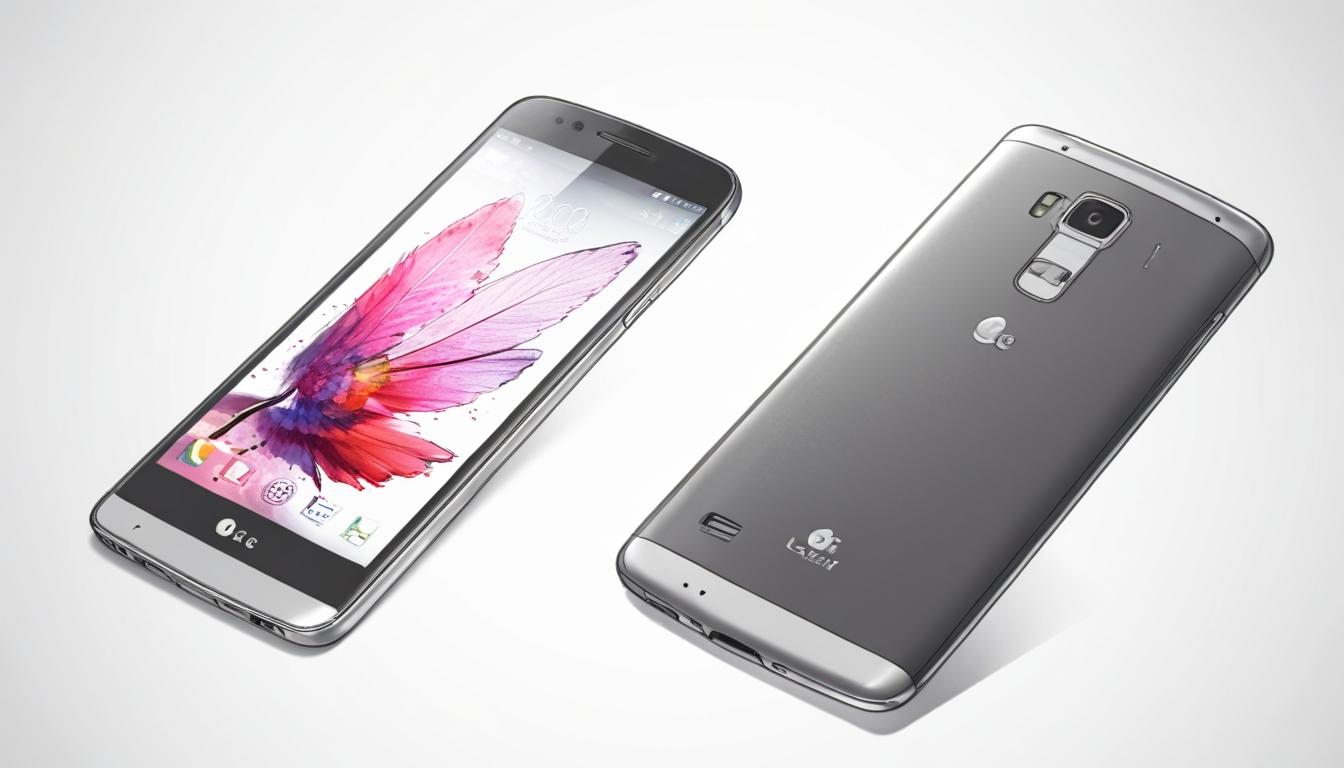LG is set to formally conclude its involvement in the smartphone sector by shutting down its update servers on 30 June 2023, signalling the final chapter in its mobile phone history after exiting the market in 2021.
This development means that owners of LG phones will have just two months left to receive their last Android update before the company ends software support. While many LG smartphone users have since moved on, this move holds symbolic significance, marking the end of an era for the Korean tech giant which maintained a 25-year presence in the mobile phone industry.
LG began its journey into the phone market in the 1990s, joining contemporaries like Samsung and Sony in challenging established players such as Nokia and Motorola. Over two and a half decades, LG built a reputation for innovation, experimenting with bold designs and technology features that distinguished its products in a competitive landscape.
Among LG’s notable contributions to mobile technology, the LG G Flex (2013) stood out for its innovative flexible display and self-healing back cover. Designed with a natural curve intended to improve ergonomics and audio functionality, it introduced a rare flexibility for a smartphone at the time, though its bending capabilities were limited. The self-healing back could resist minor scratches and dents, reinforcing LG’s commitment to novel features even as the device carried a premium price tag.
Another landmark was the LG KU990 Viewty (2007), notable for its 5-megapixel camera and Xenon flash, competing fiercely in an era of rapidly evolving phone technology. With touchscreen capabilities and video recording features, it embodied a significant leap from traditional keypads, integrating multimedia functions that broadened mobile device usability.
LG’s influence extended with the LG Cookie (2008), an entry-level touchscreen phone that gained popularity among young users for its stylish design and affordability despite modest specifications. Similarly, the LG enV2 (2008) combined the aesthetics of a clamshell phone with a near full-sized QWERTY keyboard, catering to users seeking efficient text communication, rivaling BlackBerry's popularity at the time.
The LG Wing (2020) epitomised the brand’s experimental approach, featuring a distinctive swivel design and dual displays. As the first in LG’s 'Explorer' series, it pushed boundaries in form factor innovation, offering unique multitasking capabilities despite its bulkier design and mid-range specifications.
LG also collaborated with Google to produce the Nexus 5 (2013), a device celebrated for its pure Android experience and balanced hardware. The phone received acclaim for affordability and sleekness and remains memorable for showcasing LG’s engineering alongside Google’s software excellence.
Perhaps most emblematic of LG’s smartphone era was the LG G2 (2013), which received praise for its balanced combination of hardware, software features, and price. Key to its design was the rear button layout that enhanced ergonomics on its comparatively large 5.2-inch screen, reflecting LG’s attention to user experience detail.
While LG’s departure from the smartphone market was announced in 2021, ceasing production to focus on other sectors, the upcoming shutdown of update servers marks a definitive conclusion to its legacy in mobile phones.
The announcement and retrospective evaluation of LG’s mobile phone innovations have been chronicled by various sources, with Tech Radar providing an extensive look back at the company’s influence and landmark devices over the years.
Source: Noah Wire Services
